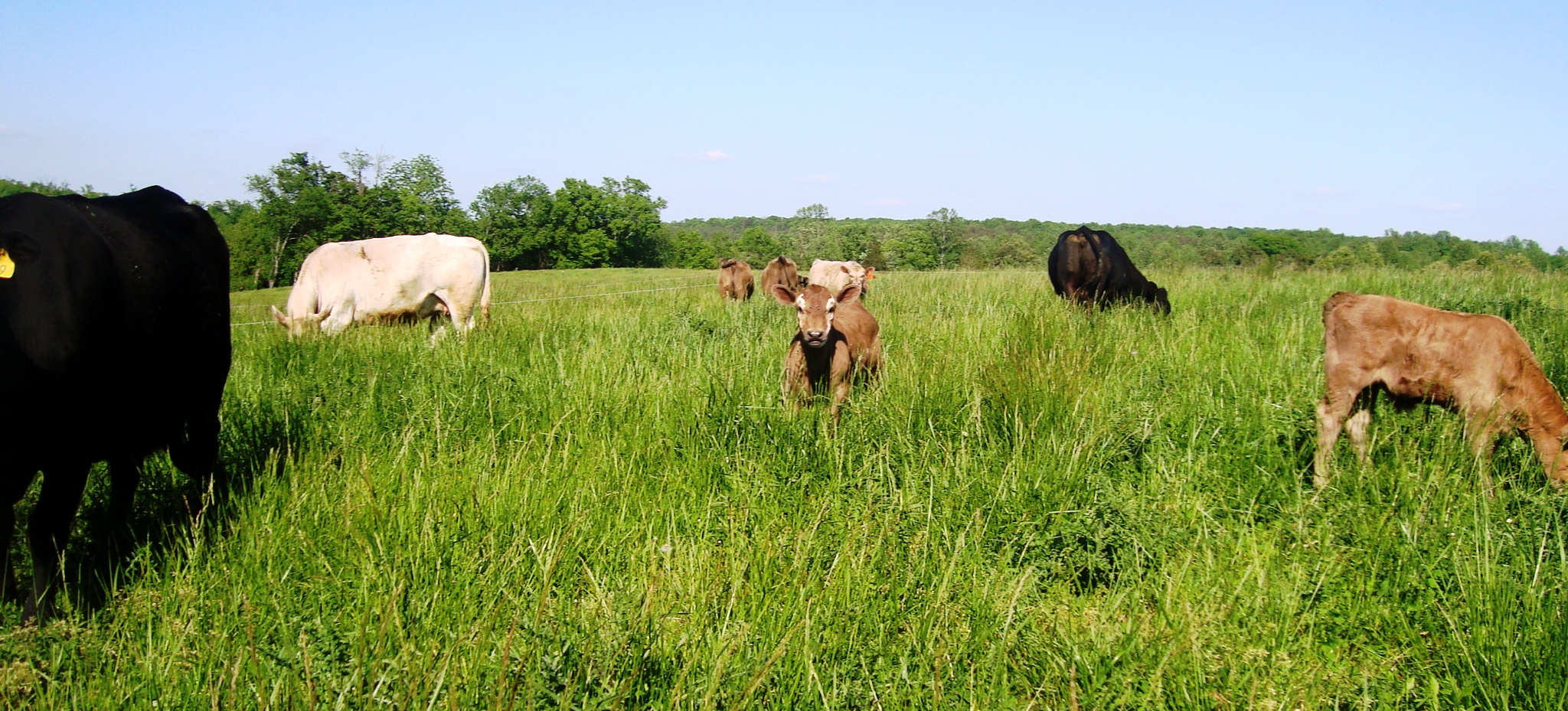With the increasing availability of computers in the 70’s some of that technology was applied to an age old question – why are some bulls better than others at producing quality offspring? Land grant universities and breed associations had been collecting data on cattle for years – birth weights, weaning weights and yearling weights were easy to measure and record, but until computer technology became more readily available, analyzing that data was a challenge. In the early 1980’s Colorado State spent $12 million for a CDC Cyber 205 that was used to process the 200,000 Red Angus records they had.
These records are now known throughout the industry as EPDs – Expected Progeny Differences. They help to numerically describe the physical and genetic qualities of an animal. These numbers are part of what makes it easier to buy bulls we have never seen before. By talking to sellers, watching videos, and analyzing the data that quantifies the characteristics of these bulls, we can take a lot of the risk out of buying a bull “on eBay.”
